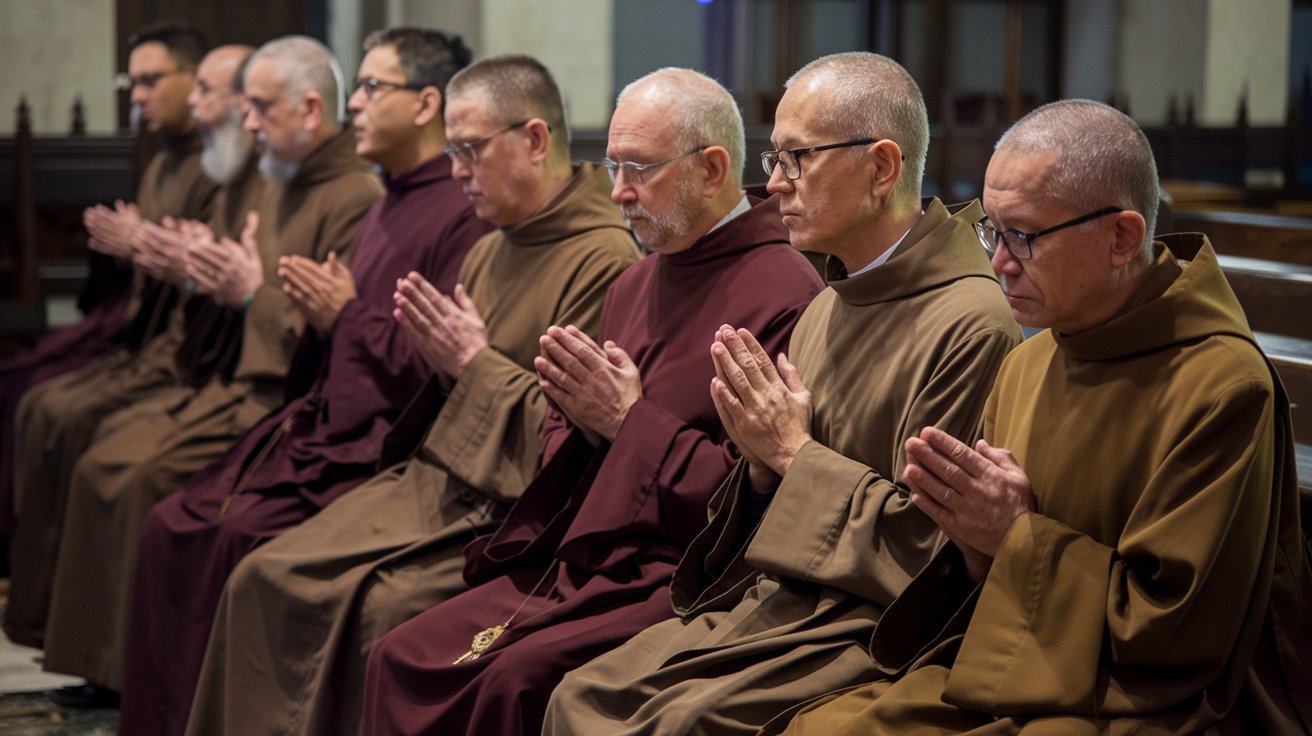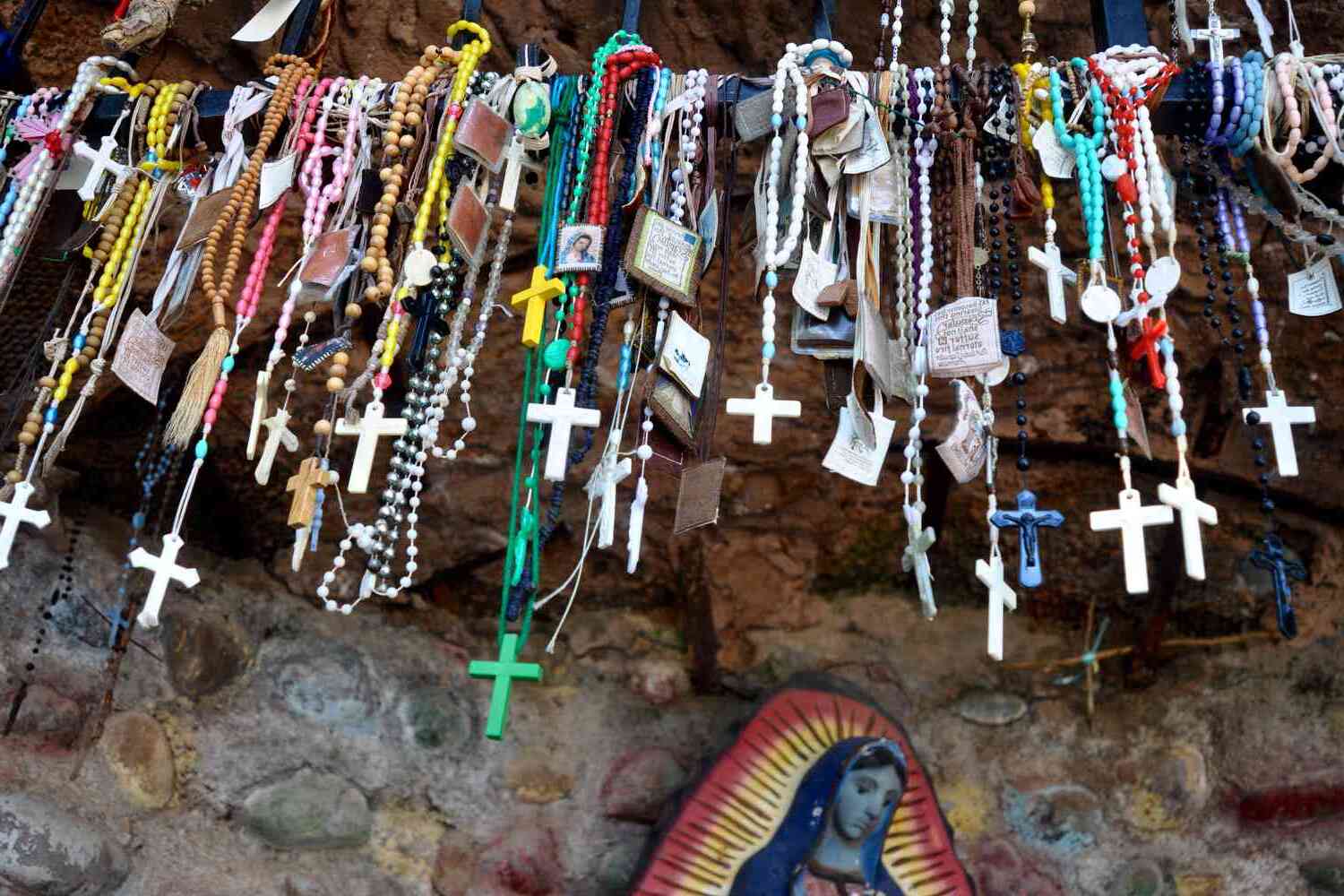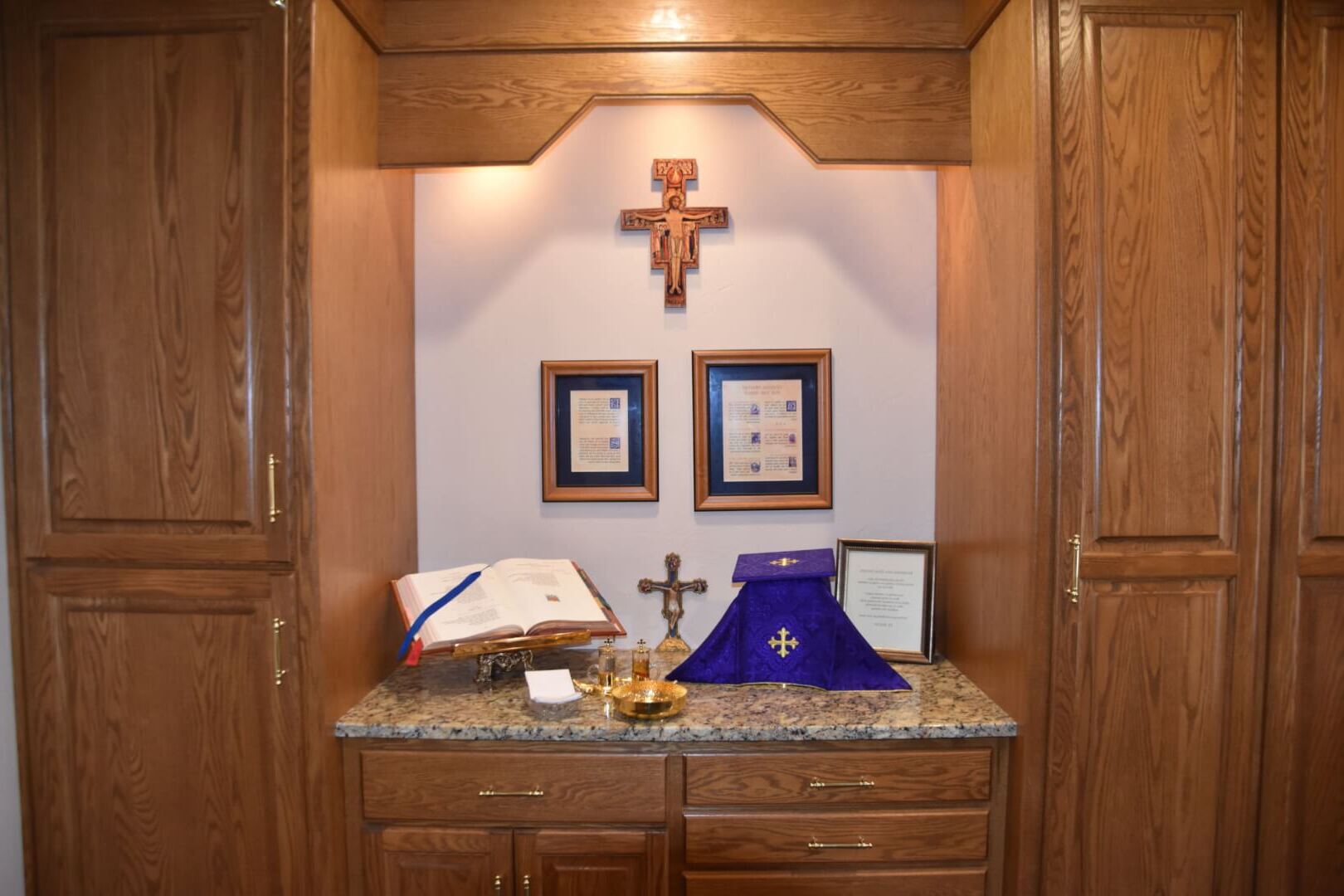
What exactly are religious orders, and why have they been so influential throughout history? Religious orders are communities of individuals who dedicate their lives to a specific religious tradition, often living together in monasteries or convents. These groups follow strict rules and practices that shape their daily routines. Dating back to ancient times, religious orders have played crucial roles in preserving knowledge, promoting education, and providing social welfare. From the Benedictines and Franciscans to the Jesuits and Carmelites, each order has its unique mission and contributions. Despite facing challenges like declining membership and financial issues, religious orders continue to impact modern society through education, social justice, and environmental stewardship.
What Are Religious Orders?
Religious orders have been around for centuries, shaping spirituality and community life. These groups, often living together, follow specific rules and practices. Let's explore some intriguing facts about them.
-
Definition and Scope
Religious orders are communities of people dedicated to a specific religious tradition. They often live in monasteries or convents, adhering to a set of rules guiding their daily lives. -
Historical Roots
The idea of religious orders dates back to ancient times. The Essenes, a Jewish sect, lived communally around the Dead Sea. Early Christian groups like the Desert Fathers and Mothers also embraced monastic lifestyles in Egypt and Syria.
Different Types of Religious Orders
There are many types of religious orders, each with unique missions and practices. Here are some of the most well-known ones.
-
Benedictine Order
Founded by Saint Benedict of Nursia in the 6th century, the Benedictines emphasize work, prayer, and study. They played a key role in preserving classical knowledge and developing Western monasticism. -
Franciscan Order
Established by Saint Francis of Assisi in the 13th century, Franciscans focus on poverty, simplicity, and serving the poor. They are also known for their care for the environment and involvement in social justice. -
Dominican Order
Founded by Saint Dominic in the 13th century, Dominicans emphasize preaching and education. They significantly contributed to theology and the spread of Christianity during the Middle Ages. -
Jesuit Order
Created by Saint Ignatius of Loyola in the 16th century, Jesuits focus on education and missionary work. They have made notable contributions to science, philosophy, and the arts. -
Carmelite Order
Originating in the 12th century, the Carmelites emphasize contemplation and spiritual growth. They have a rich tradition of mysticism and devotion, often associated with the Virgin Mary.
Life in a Religious Order
Living in a religious order involves a structured lifestyle with specific rules and practices. Here's what daily life looks like.
-
Monastic Life
Monastic life includes a daily routine of prayer, work, and study. Monasteries have a hierarchical structure with an abbot or abbess at the head. -
Vows and Oaths
Members often take vows of poverty, chastity, and obedience. These vows commit them to a life of simplicity, purity, and service. -
Community Living
Living in community is essential. Members share meals, work together, and participate in communal prayer, fostering unity and cooperation. -
Work and Labor
Monasteries are centers of work and labor. Members engage in activities like farming, craftsmanship, and education, viewing work as a form of prayer and service. -
Prayer and Worship
Prayer and worship are central. Members participate in daily Mass, vespers, and other prayers. The Liturgy of the Hours, with prayers and psalms at specific times, is key.
Contributions to Society
Religious orders have significantly impacted society in various ways. Let's look at some of their contributions.
-
Education
Monasteries have been centers of learning. Members study and teach, preserving classical knowledge and contributing to theology, philosophy, and science. -
Social Welfare
Religious orders have played a major role in social welfare. Monasteries provide shelter, food, and medical care to the poor and marginalized, often engaging in charitable work. -
Art and Culture
Monastic communities have preserved and created art and culture. Illuminated manuscripts, stained glass windows, and architectural masterpieces are just a few examples. -
Missionary Work
Many orders engage in missionary work, spreading their faith worldwide. Despite challenges like persecution and cultural differences, they remain committed to their mission.
Modern Challenges and Relevance
Religious orders face various challenges today but remain relevant. Here's how they adapt and continue to contribute.
-
Controversies and Challenges
Orders have faced issues like power, corruption, and member treatment. However, many have also led social justice movements and advocated for human rights. -
Modern Relevance
Despite challenges, religious orders stay relevant. They engage in social welfare, education, and cultural preservation, offering spiritual guidance and community. -
Women’s Orders
Women's orders, like the Benedictine Sisters and Franciscan Sisters, play a significant role. They preserve tradition and contribute to social welfare. -
Contemporary Issues
Orders face issues like declining membership and financial challenges. Many adapt by engaging in new forms of ministry and outreach.
Interfaith Dialogue and Environmental Stewardship
Religious orders are increasingly involved in interfaith dialogue and environmental stewardship. Here's how they contribute to a more inclusive and sustainable world.
-
Ecumenism and Interfaith Dialogue
Orders engage in ecumenical and interfaith dialogue, fostering understanding and cooperation between different religious traditions. -
Environmental Stewardship
Many orders emphasize caring for creation. They engage in sustainable farming, conservation efforts, and climate action advocacy.
Healthcare and Legacy
Religious orders have a long history of providing healthcare and leaving a lasting legacy. Let's explore their impact.
-
Healthcare and Medical Care
Monasteries have historically provided healthcare. Many orders operate hospitals, clinics, and other facilities, showing their commitment to well-being. -
Legacy and Impact
The legacy of religious orders is immense. From preserving classical knowledge to advocating for social justice, their contributions continue to inspire and guide people worldwide. -
Continued Inspiration
Religious orders inspire new generations, reminding us of the importance of community, service, and spiritual growth. Their impact is undeniable, leaving a lasting legacy for future generations.
The Lasting Impact of Religious Orders
Religious orders have shaped our world in countless ways. From preserving ancient knowledge to advocating for social justice, these communities have left an indelible mark on history. Their commitment to education, social welfare, and spiritual growth continues to inspire. Despite modern challenges like declining membership and financial issues, many orders adapt by engaging in new forms of ministry and outreach. Their emphasis on environmental stewardship and interfaith dialogue shows their evolving relevance. Whether through healthcare, art, or missionary work, the contributions of religious orders are profound. They remind us of the importance of community, service, and spirituality. Their legacy is a testament to the enduring power of faith and dedication. As we move forward, the lessons from these orders will continue to guide and inspire future generations.
Was this page helpful?
Our commitment to delivering trustworthy and engaging content is at the heart of what we do. Each fact on our site is contributed by real users like you, bringing a wealth of diverse insights and information. To ensure the highest standards of accuracy and reliability, our dedicated editors meticulously review each submission. This process guarantees that the facts we share are not only fascinating but also credible. Trust in our commitment to quality and authenticity as you explore and learn with us.


